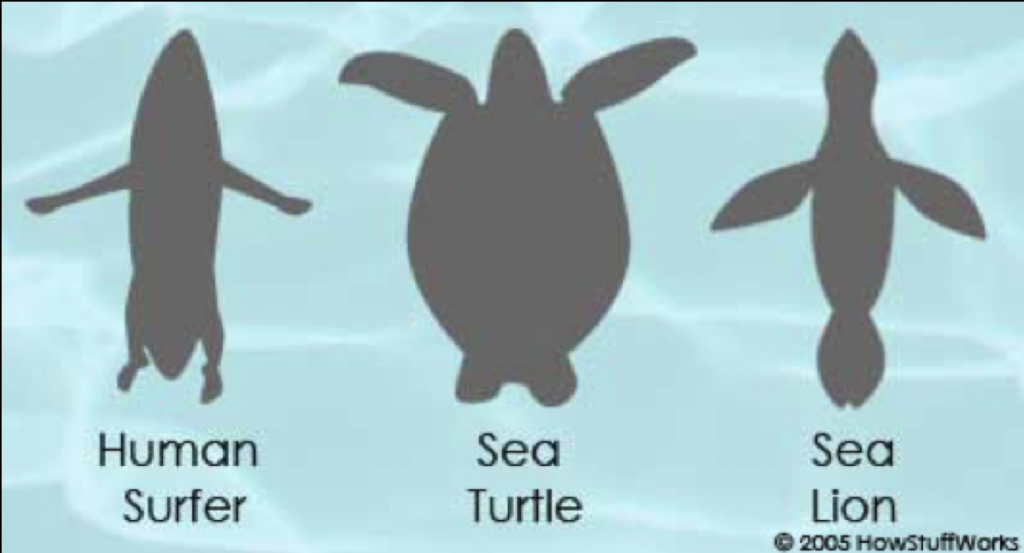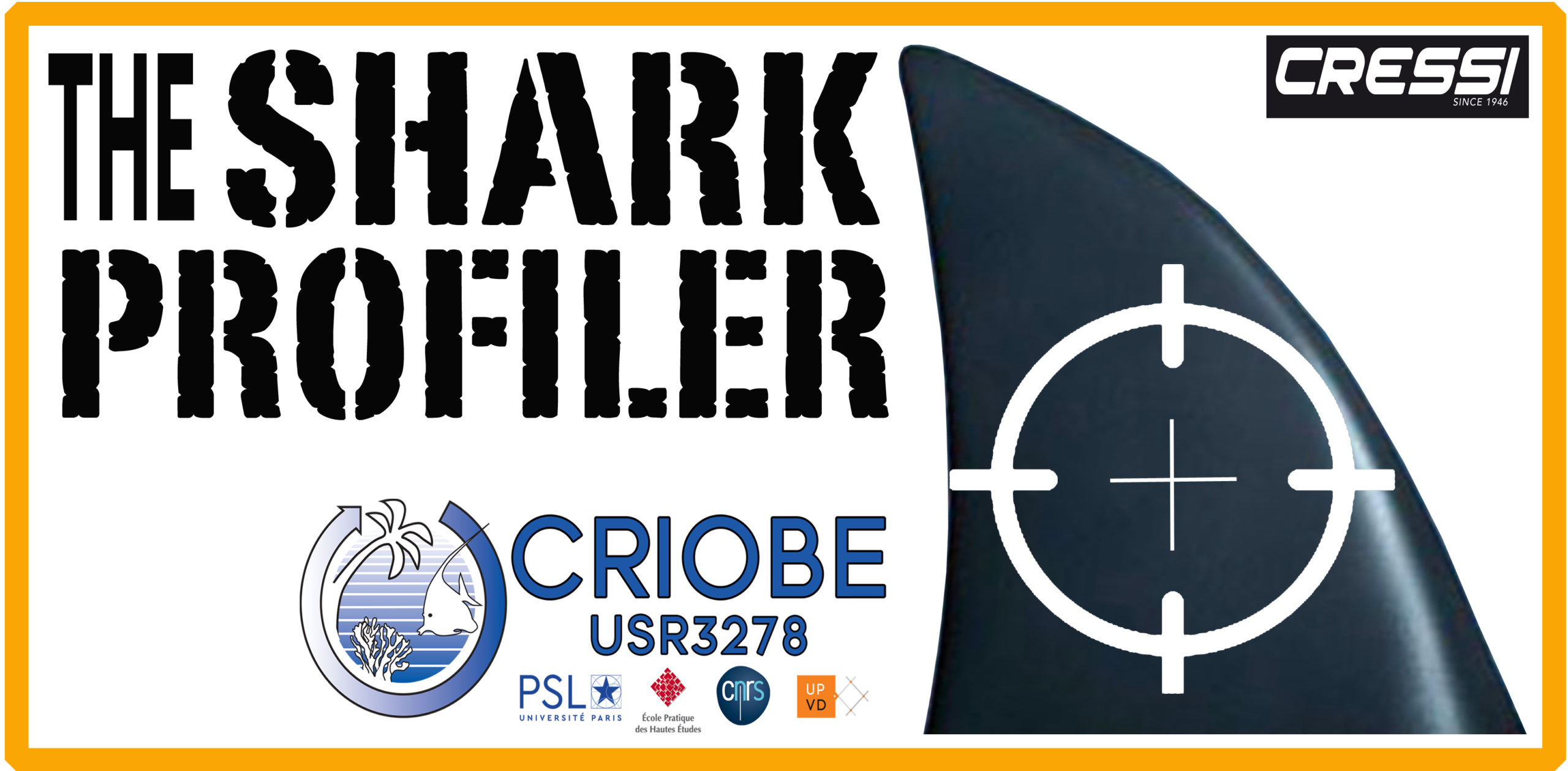he shark attacks the surfer because he confuses his silhouette with that of a sea lion or a turtle “: why is it (probably) FALSE and DANGEROUS to think that?

FALSE: this hypothesis was promoted by two American scientists, Tricas and McCosker, in 1984. It has toured the world because it is very satisfying conceptually. It has also been reinforced by the “bite-and-spit” phenomenon, in particular with the white shark, that has led some scientists to believe that the shark bites by mistake and, realizing – to their taste – that it is not a common prey, abandon the victim. This hypothesis has never been proven and is probably false. It denies that sharks have adapted to their environment for more than 400 million years and would explain only a tiny part of the bites on humans. By biting the surfer (and not “attacking” with a will to harm), the shark is acting knowingly, in search of potential new prey. If it abandons it after a first bite, it means that the bite-and-spit is in reality an “investigative bite”, from an animal that is both much bolder than its fellow creatures (to dare to try something new), but also extremely cautious (which tests before going further, the next time).
DANGEROUS: Thinking that a shark makes a mistake is like thinking that ALL sharks can also ‘be wrong’. This opinion passively and indirectly justifies culling campaigns that blindly kill sharks in order to reduce their density, and thus the risk of biting humans. This other assumption of “density-dependence” (“the more sharks there are, the greater the risk of biting”) is also generally false. Bites on humans (for predation purposes) are due to the presence of certain individuals with “atypical” behaviour, which would integrate humans into potential prey (in the terrestrial realm, with lions or tigers, they are called “problem individuals”). It is these individuals that should be neutralized, and only they, if the problem of predation bites on humans is to be solved. And not to massacre their innocent conspecifics…

Recent Comments